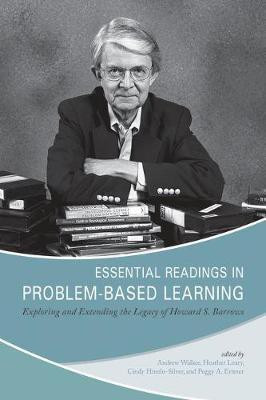Essential Readings in Problem-Based Learning(English, Hardcover, unknown)
Quick Overview
Product Price Comparison
Like most good educational interventions, problem-based learning (PBL) did not grow out of theory, but out of a practical problem. Medical students were bored, dropping out, and unable to apply what they had learned in lectures to their practical experiences a couple of years later. Neurologist Howard S. Barrows reversed the sequence, presenting students with patient problems to solve in small groups and requiring them to seek relevant knowledge in an effort to solve those problems. Out of his work, PBL was born.The application of PBL approaches has now spread far beyond medical education. Today, PBL is used at levels from elementary school to adult education, in disciplines ranging across the humanities and sciences, and in both academic and corporate settings. This book aims to take stock of developments in the field and to bridge the gap between practise and the theoretical tradition, originated by Barrows, that underlies PBL techniques. The book is divided into four sections, each containing contributions by leaders in the field. Chapters in the first section focus on the structure of PBL and the critical elements of the approach. Articulating the underlying problems to be addressed, the role of facilitators, and the process to be followed in achieving a successful PBL intervention are all discussed. The second section explores how PBL has been adapted to function in areas outside medicine, from climate science to teacher education, while the third section explores how the methodology has been combined with other approaches to teaching and learning, such as learning by design and project-based learning. The fourth section assesses the impact of PBL techniques on improving both research and teaching. An epilogue speculates about the future of PBL, synthesising contributions from the previous chapters and suggesting key themes for further exploration.


